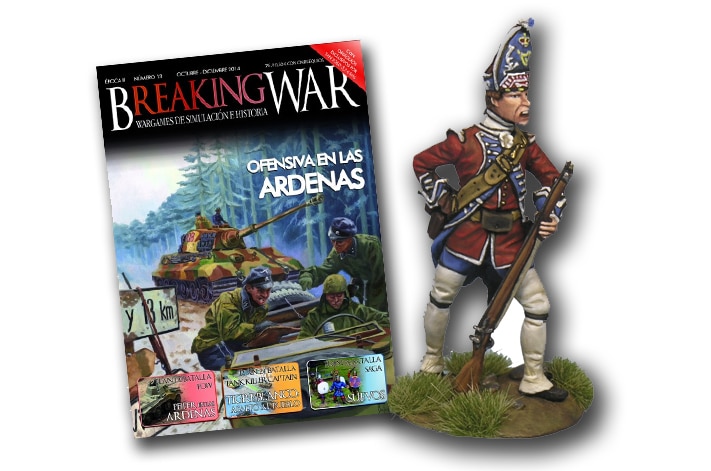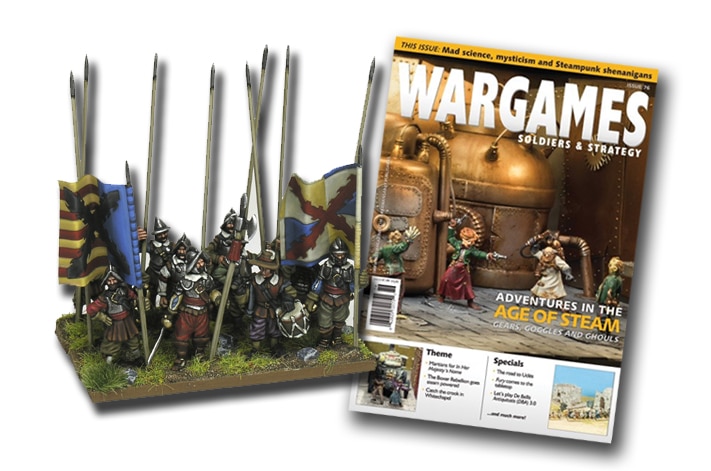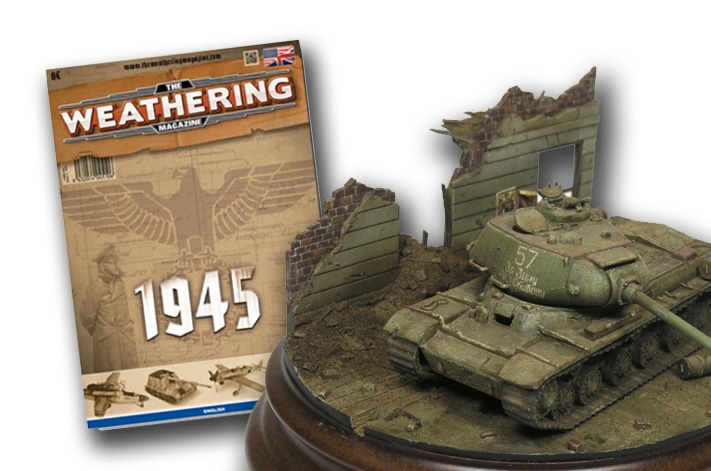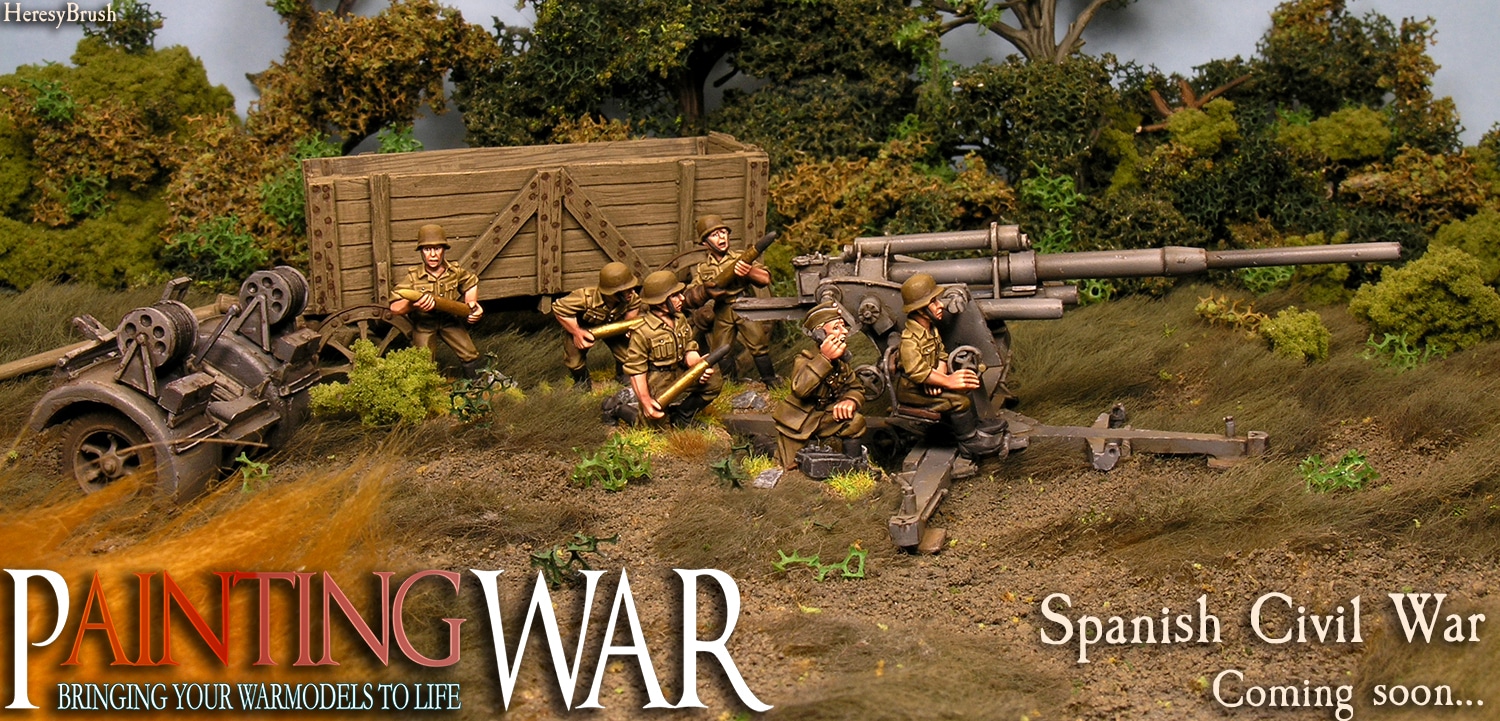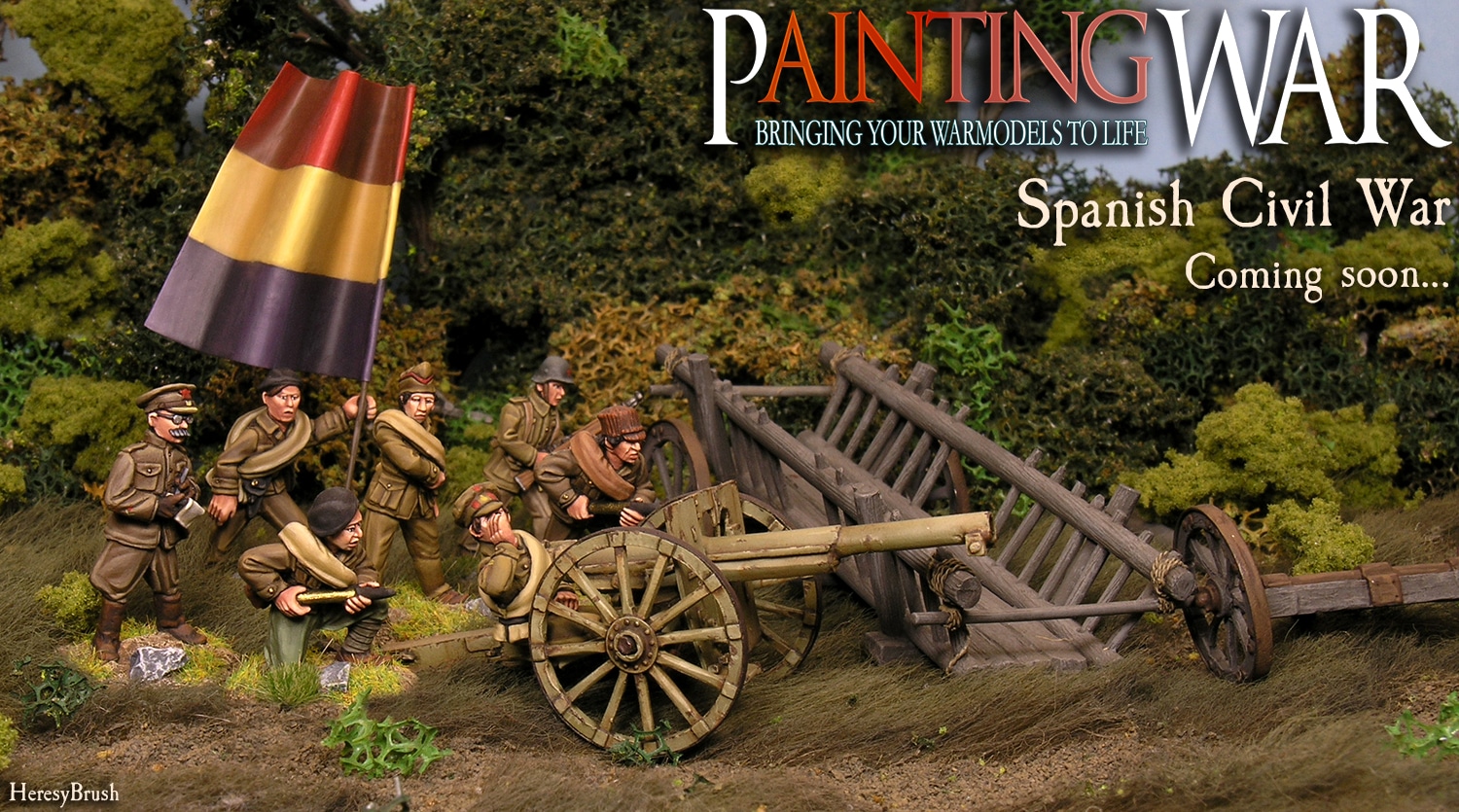My last post was four months ago. Apologies. I’m still alive in the north! Indeed now I can say that I’ve seen the northern lights. I’ve achieved one of my dreams! Anyway, I have been painting a lot during this time. Different projects have occupied my free time. And probably the most important one is a new PaintingWar magazine focused on the Spanish Civil War (it has just released the issue 3 about the WWII US and Japanese armies, yopu can see here). The painting work and texts have been already sent, so in the following months it should be released. Once more you will find about 35 exclusive painted miniatures (mostly from Empress Miniatures) beside a complete color chart, plus 30-40 pages of painting guides and tips. From how to paint horses, to how to paint and do flags and how to paint different leather types. Furthermore, for this issue I have prepared a couple of guns (Republican Schneider and Nationalist Flak 36) where I try to explain several weathering techniques with enamels and oils. You will find some pictures of this work in this post. Otherwise, the purpose of this post is to show a very easy and quick way to paint rural Spanish houses, but you can use these ideas to paint any house.
I am going to paint a classical Spanish rural house manufactured by Empress Miniatures. This houses were built with adobe and covered by mortar or concrete; and commonly were painted with lime. And in Spain the roofs were (and are) commonly built with reddish ceramic tiles. First we start priming the house. I have airbrushed Grey Primer (A.MIG-2002) until get a homogeneous layer and I have let it dry overnight.

Next we paint the basic colors. I have used an airbrush because is faster and we can easily paint different tones along the different pieces. To paint the tiles I have used 984 Flat Brown (Vallejo) and I have applied a filter with 981 Orange Brown. That’s, I have diluted a lot the orange brown (1:10) and airbrushed random areas to improve the color variety. To paint the walls I have initially use 918 Ivory but I didn’t paint a homogeneous layer, but I work on different intensities along the walls. After that I apply another filter with 819 Iraqi Sand to enhance the adobe bricks and break the white monotony in random parts. Finally I directly paint the base with 872 Chocolate Brown. Note, every part (roof, walls and base) are separated! So it’s very easy to paint them. Before continuing I have apply a satin varnish layer to protect the paint.

To highlight the tiles I have applied a dark wash with A.MIG-1005 Dark Brown. I have applied a general wash instead of a pinwash because I also want to darken a bit more the tiles color.

While the wash is drying, to increase the tonal variety on the walls I have use a couple of the new enamel filters from AMMO. I have use a yellowish one to simulate dirty o decolored parts; and a greenish one to simulate vegetation. Thus I have pick A.MIG-1510 Tan for 3 Tone Camo and A.MIG-1508 Ochre for Grey Green respectively. I have diluted them with White Spirit in a one to one proportion to attenuate the effect. I have used a brush instead of the airbrush, but we can similarly use the airbrush to apply these diluted filters. The idea is to increase the chromatic variety. Otherwise, I have used the pure Tan filter to provide an intense color to the adobe bricks areas.



Meanwhile, I have also finished the base. I have applied a couple of light brown colors using the dry-brush technique to highlight the small rocks. For example, 875 Beige Brown and 819 Iraqi Sand. In addition, I have put some green grass to add more interesting points. Finally the wash on the roof is totally dry.

Finally we can add some dust or mud to the roof, simulating a classical dirty accumulation. I have diluted several pigments with White Spirit, and then I have applied the “wash” over the whole roof. I have used three different pigment colors (light and dark brown, plus a reddish one) to achieve a more real looking. The mix should be liquid enough to easily apply as a regular enamel wash. We must wait several hours until the thinner is totally evaporated. Then, we can use a rag to remove the excess of pigment, which will remain only on the recesses. Don’t press so strong. And it’s ready! Now we can use our house to play some games! If you want you can apply another varnish layer to protect the house, but the pigment color will change.



These is the final looking of our house:
On the other hand, in case you are interested, I have recently published a couple of painting tutorials in Wargames: Soldiers&Strategy 76 and BreakingWar 13, about how to paint 15mm 30YW miniatures from Totentanz and a 28mm British grenadier from the Spanish Succession War from Oniria Miniatures, respectively. In addition, you could find another tutorial in the following The Weathering Magazine, involving how to simulate extreme dust and dirty effects in Berlin streets and how to paint 15mm Volkssturm.


